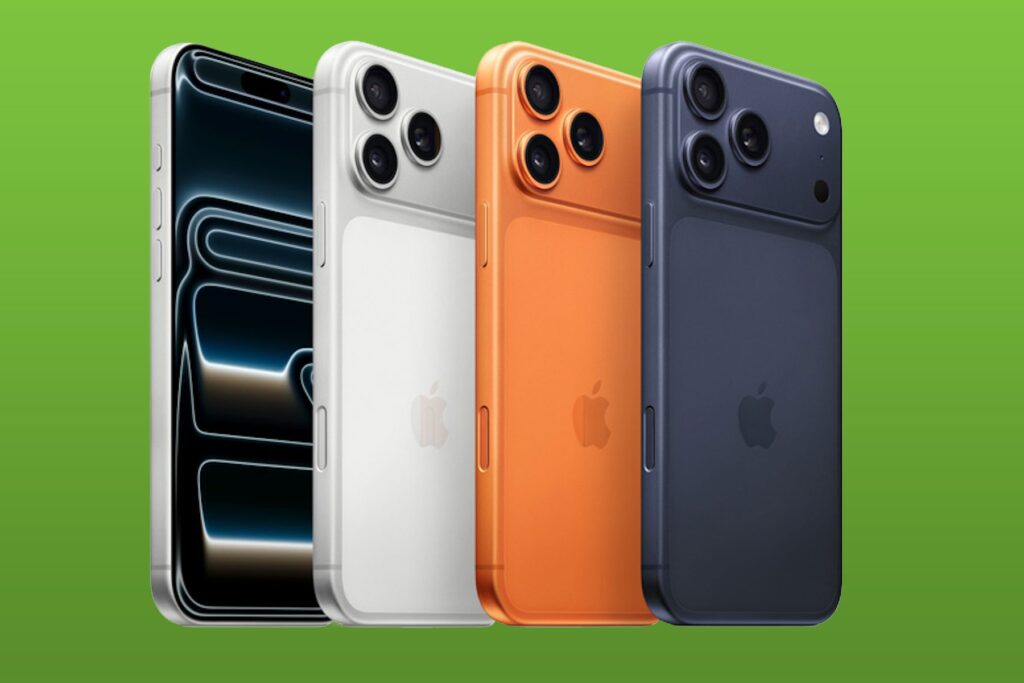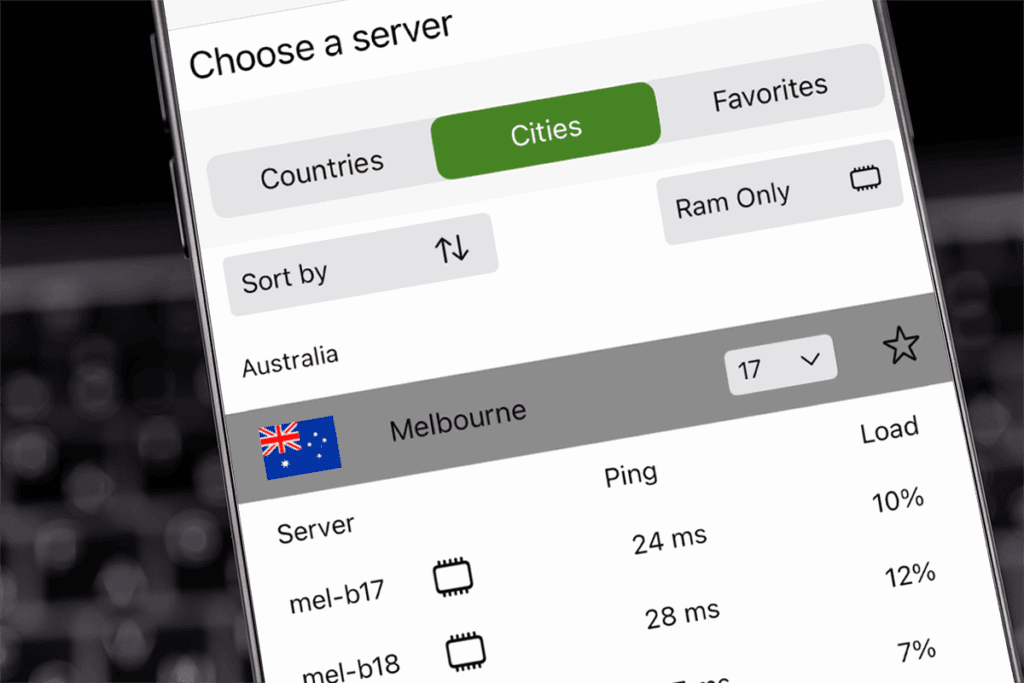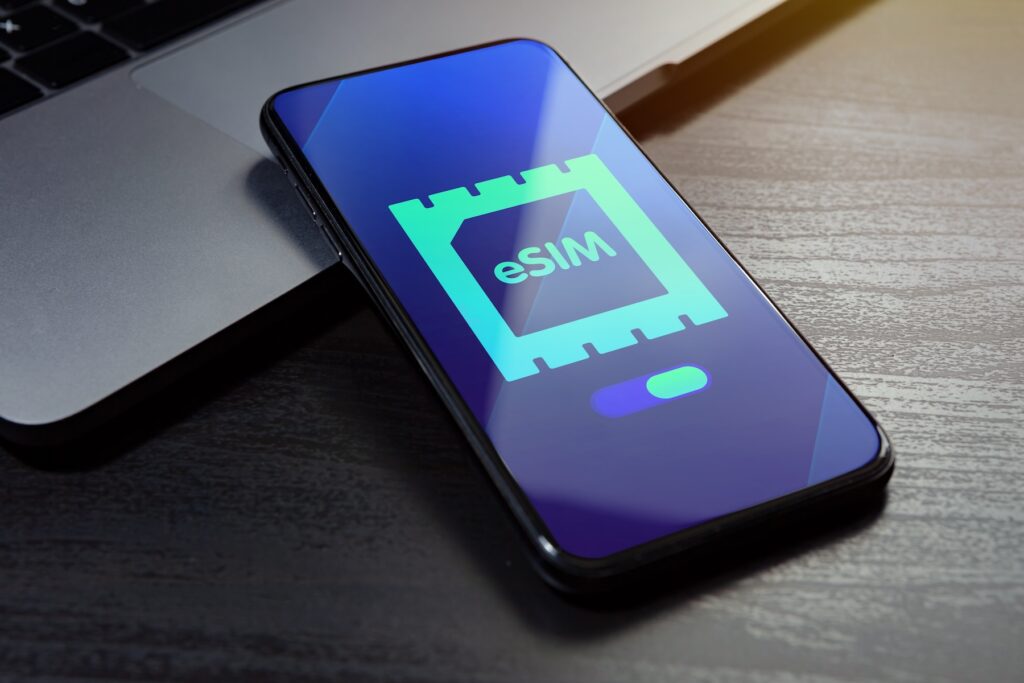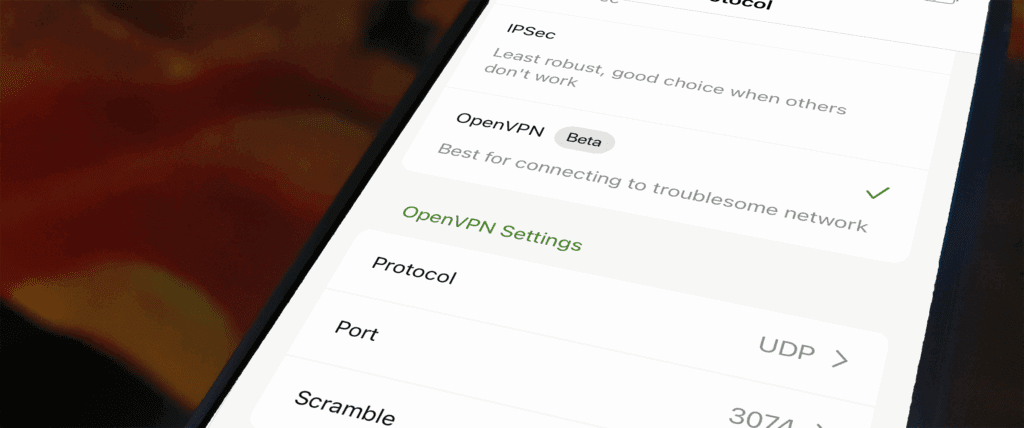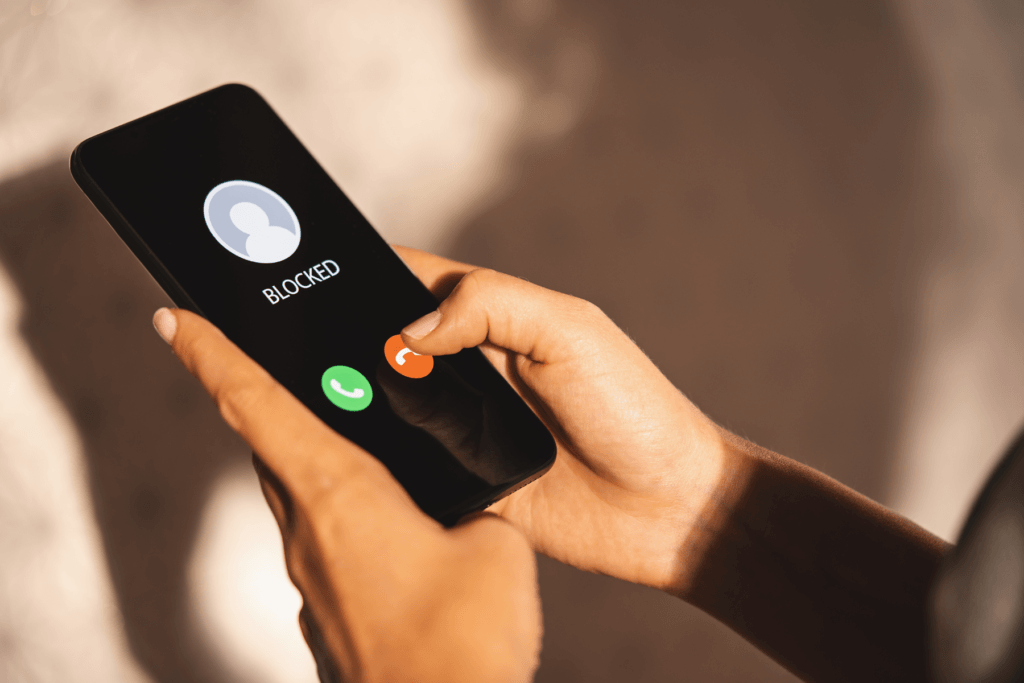With the release of iPhone 17 and iOS 26, Apple delivers its biggest device security upgrade yet. The new Memory Integrity Enforcement (MIE) feature brings powerful, hardware-level protection against advanced spyware.
- The iPhone 17’s key security feature is Memory Integrity Enforcement (MIE), a hardware-enforced system designed to stop common ways hackers break into a phone’s system.
- This new protection is significant because it’s comprehensive and always-on by default, automatically guarding the very core of the operating system.
- iOS 26 introduces advanced privacy tools, including stronger web tracking protection, automated call screening, smarter message filtering, and defenses against malicious public chargers.
The announcement of Apple iOS 26 and the iPhone 17 lineup created a buzz that extends beyond the usual camera and design updates. In an increasingly hostile digital world, the true innovation lies in foundational security and privacy upgrades. This marks a pivotal moment for both the Apple iPhone 17 and Apple iOS 26.
Memory Integrity Enforcement (MIE): A groundbreaking leap forward
While the announcement of the iPhone 17 and iOS 26 included the expected design and camera improvements, the real excitement is about a more significant change. The conversation isn’t focused on the usual updates, but on something much deeper. For years, attackers have exploited memory safety vulnerabilities to launch sophisticated spyware, and MIE is designed to stop these attacks at their core.
How it works
MIE stops these threats by using a special security feature built directly into the iPhone’s processor. This feature is part of the chip’s fundamental blueprint, which is the same core design used in most smartphones today. The process stops an attack before it can execute through a few key steps:
Imagine your phone’s memory is a building with millions of locked doors.
- Every door gets a unique lock: Each piece of your data is put behind a door with a special, one-of-a-kind lock.
- Apps need the perfect key: To open a door, a program must have the one key that was made for that specific lock.
- Hackers use the wrong keys: A virus or malicious code attempts to use a fake or incorrect key to gain access.
- The chip is the guard: The phone’s chip instantly sees the wrong key, slams the door shut, and stops the intruder before they can do anything.
What makes Apple’s new security so special is that it’s always on and protects the most important parts of the phone’s software. Best of all, it does this without slowing down the phone. This gives automatic protection against the most advanced threats.
iOS 26: Brings a deeper dive into privacy
Beyond the major hardware-level security in the iPhone 17, Apple iOS 26 brings a host of practical privacy features that give users more control over their data and daily interactions:
Advanced Fingerprinting Protection: For years, trackers have created unique “fingerprints” of users by collecting data points like your device type, browser plugins, and fonts. Safari now blocks this by default, making it much harder for websites to identify and track you across the web. This is a key improvement in Apple iOS 26.
Enhanced Link Tracking Protection: This feature, which removes the tracking codes that websites add to links, can now be enabled for all Safari browsing, not just in Private Browsing mode, further limiting how advertisers can follow your digital footprint.
Call Screening: To combat the explosion of spam and phishing calls, a new feature in the Phone app will silently answer calls from unknown numbers on your behalf. It prompts the caller for their name and purpose, transcribing the response on your lock screen in real-time so you can decide whether to answer, ignore, or send a reply.
Wired Accessory Control: This new setting directly addresses the threat of “juice jacking,” where malicious actors use compromised public USB charging ports to steal data. Apple iOS 26 now lets you decide whether to allow a wired accessory to connect when your iPhone is locked, providing a crucial layer of physical security.
Smarter Messages: The Messages app now intelligently filters and categorizes texts into folders, such as “Unknown Senders” and “Spam,” decluttering your main inbox and helping you avoid malicious links.
The bottom line: Apple iPhone 17 and Apple iOS 26 lead the way
With the launch of the Apple iPhone 17 and Apple iOS 26, Apple is making its most aggressive statement yet on user security and privacy. The introduction of Memory Integrity Enforcement is not merely an incremental update; it’s a fundamental architectural shift designed to invalidate entire classes of exploits. When combined with the array of new privacy-focused features in iOS 26, it’s clear that Apple is empowering users with more control and protection than ever before. While the battle for digital security is ongoing, these new features position the iPhone as a formidable fortress for your personal data.
Frequently asked questions:
What phones will MIE work on?
Memory Integrity Enforcement (MIE) requires the new A19 and A19 Pro chips, and is therefore available exclusively on the new iPhone 17, iPhone 17 Pro, and iPhone Air models.
Do these security updates help older iPhones?
The hardware-based MIE feature is exclusive to the iPhone 17 line. However, the new privacy tools, like call screening and enhanced web tracking protection, are part of the iOS 26 update available for all compatible older iPhones.
Do I need to turn these new security features on?
No. MIE is a hardware-level feature that is always on by default. Most of the new privacy protections in iOS 26 are also enabled automatically, requiring no setup.
